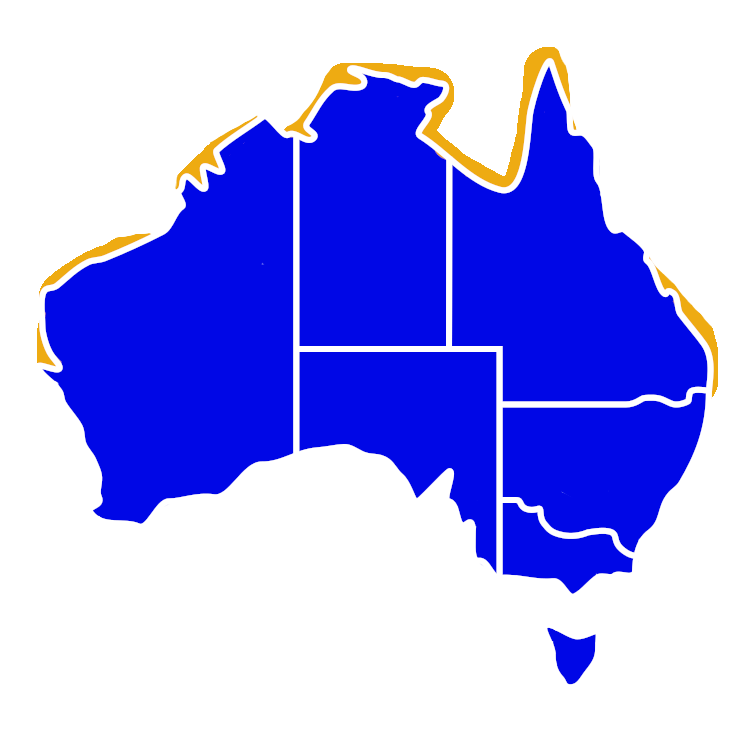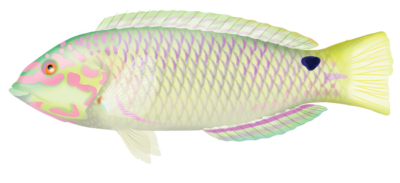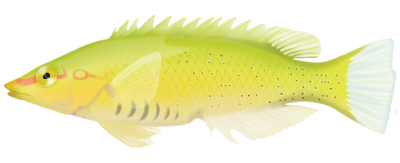Quick Facts
Distribution

Interesting Info
- The pearly wrasse is a small fish species that is found in tropical waters of the Indo-Pacific region, including the northern coastal waters of Australia. From Western Australia to Queensland and small areas of northern New South Wales.
- Pearly wrasses have a distinctive appearance, with a white or cream-colored body covered in a network of blue-green lines and spots. Male fish have a blue-green head, while female fish have a pinkish head.
- They are a carnivorous species, feeding on small invertebrates such as crustaceans and molluscs.
- Pearly wrasses are known to be relatively social fish, often forming small groups or schools.
- They are generally found in areas with strong currents, where they use their streamlined bodies to move efficiently through the water.
- Pearly wrasses have been observed engaging in a behaviour known as “head standing,” where they swim upside-down near the surface of the water.
- They are a protogynous hermaphrodite, which means they start their lives as females and later transform into males as they mature. They breed in groups and spawn during the summer months.
- Estimated lifespan is up to 5 years.
Species Interaction
Aquarium, Snorkeling & Diving
Pearly wrasses are occasionally kept in home aquariums but are not commonly available in the aquarium trade. Pearly wrasses can be relatively easy to observe in the wild, while snorkeling or scuba diving, keep an eye out for their distinctive white or cream-colored bodies with a network of blue-green lines and spots. They are known to be relatively social fish and often form small groups or schools, which can make them easier to spot.
Scientific Classification
Kingdom: Animalia
Phylum: Chordata
Class: Actinopterygii
Order: Perciformes
Family: Labridae
Genus: Halichoeres
Species: Halichoeres Margaritaceus
Conservation Status
The conservation status of pearly wrasses in Australia is currently listed as “Least Concern” by the International Union for Conservation of Nature (IUCN) Red List. This means that they are not currently considered to be threatened or endangered in their natural habitat within Australian waters.
Pearly Wrasse
As Aquarium Fish
Care Level: Moderate to difficult
Temperament: Peaceful
Diet: Carnivore
Reef Compatible: Yes
Minimum Tank Size: 80 gallons
Recreational Viewing
- Snorkeling & Scuba
Finding: Easy
Temperament: Peaceful
Location: Inner Reef, Outer Reef, Lagoon
Danger: None





